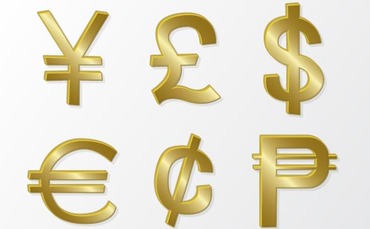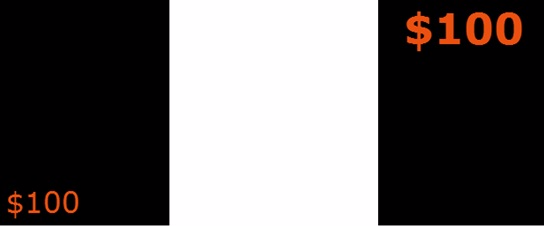Minimize Pricing Pain and Increase Conversion
In marketing, the quality of a price presentation can influence conversion rates. Use these suggestions to refine your price presentation strategy and ultimately increase conversion.
In marketing, the quality of a price presentation can influence conversion rates. Use these suggestions to refine your price presentation strategy and ultimately increase conversion.
You have slaved over your product or service and launched creative marketing campaigns that drove results. Additionally, you have researched and established a fair price. I guess your job as an online marketer is done.
Actually, you are missing a key part of the conversion picture. Price presentation can have a huge impact on your conversion rate.
Money is an artificial construct. We have created the notion of money and embedded it deeply in our cultural matrix. But at the end of the day, money is just a convenient way for us to get access to the same kinds of resources as our ancient ancestors.
Our brains don’t know any differently, and use the same evolutionary machinery to evaluate spending. Money is viewed as an expenditure of important and finite resources.
 Let me put that another way: spending money is experienced by the same parts of the brain as feelings of physical pain. As marketers, we have to minimize this perceived loss of resources symbolized by money. There are a number of ways to manipulate the offer via framing and context, but in this column, I will focus on the actual presentation of a single price that has already been determined.
Let me put that another way: spending money is experienced by the same parts of the brain as feelings of physical pain. As marketers, we have to minimize this perceived loss of resources symbolized by money. There are a number of ways to manipulate the offer via framing and context, but in this column, I will focus on the actual presentation of a single price that has already been determined.
We have come to strongly associate the actual currency symbols with the anticipation of the pricing experience. Removing the symbols will lessen the pain associated with the number. This is why you often see high-end restaurant menus omitting the dollar signs. If you can’t absolutely get rid of the symbol, then at least make it as tiny as possible.
 If it is clear that the number represents a price, drop the currency symbol.
If it is clear that the number represents a price, drop the currency symbol.
We all have a natural ability to judge sizes. But this often leads us astray in the case of money. The actual length and complexity of the numbers can make them seem more imposing. Which of the following looks like the larger amount?

I bet that your first-blush reaction was that the number on the left appeared higher. Of course, it is the same amount, but its physical appearance and length makes it look more imposing and therefore, somehow larger. Strip out extra characters to make the price seem lower.
A similar idea applies to where price is positioned. When we place the price within some kind of bounding shape, higher positioning makes us think of higher price. Placement at the bottom has the opposite effect.
 Lower the position of the price to decrease its perceived cost.
Lower the position of the price to decrease its perceived cost.
The tactic above can also be amplified by making the size of the price itself smaller and tucking it into the corner, making it seem even less important and therefore, lower.
 Tuck a smaller price into an insignificant position.
Tuck a smaller price into an insignificant position.
We’ve all heard of the “99 cents” effect – that ending the price in $0.99, $0.97, or $0.95 makes a big difference. Its power actually comes from changing the most significant leading digit. Our brains focus on the whole number before the decimal point, and will discount the part after it because of its position.

Changing the leading digit can have a powerful effect. This can be combined with a different representation of the fractional digits for maximum impact to make them seem smaller and less important as well.
As I discussed above, a special case of changing the leading digit happens when you combine it with shortening the length of the price. By eliminating a whole digit, you make the number seem substantially smaller. So if you have the flexibility to adjust your price below such an important boundary, definitely do it.
 Changing the number of digits will make your price seem smaller.
Changing the number of digits will make your price seem smaller.
If the price itself is high, you can divide it to make it smaller by focusing on different scales – such as time or number of uses – and emphasize those numbers. For example, an annual subscription can be broken down into a cost-per-day, and a product into cost-per-use.

Divide the price into smaller units to make it more appealing. On the flip side, if you want to contrast your product versus a higher-priced competitor, you can amplify it by aggregating the long-term or lifetime price difference. Roll up the difference in lifetime costs when comparing to higher-priced alternatives.

As you can see, what you thought was an objective element of your offer can easily be manipulated to maximize value and the conversion rate. Appearances matter, so dress up your prices appropriately.